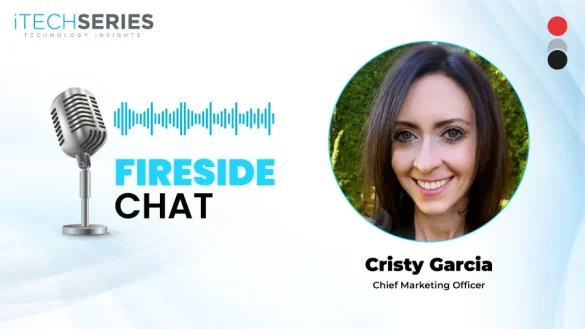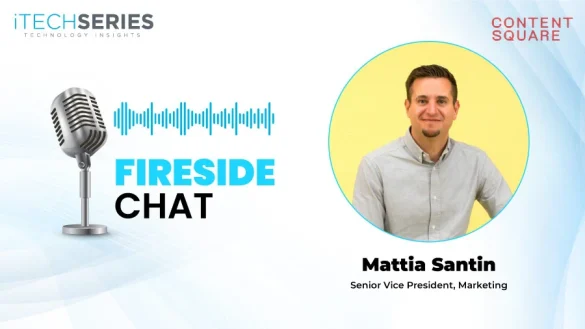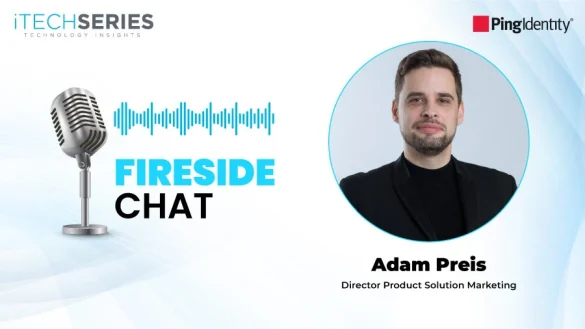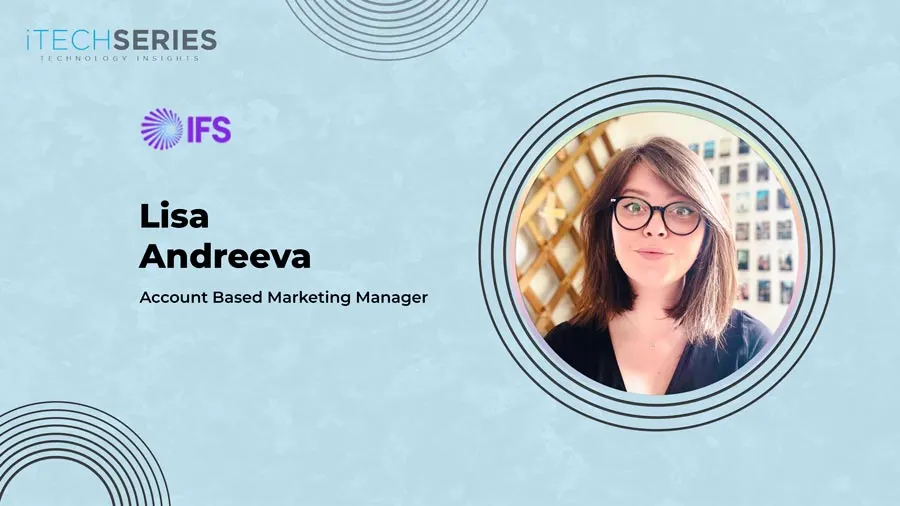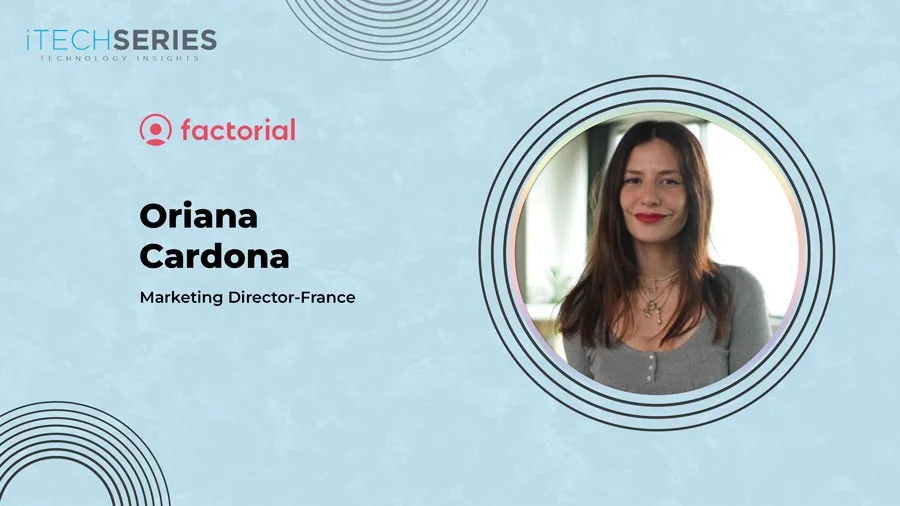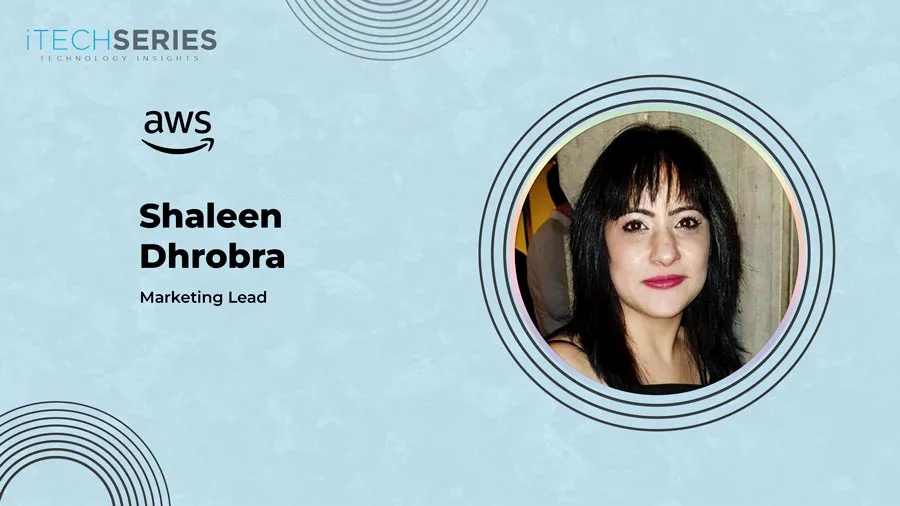Holly Fisk, UKI Field Marketing Leader at Akamai Technologies, shares her marketing journey, and insights on planning effective field programs, fostering collaboration within integrated revenue organizations, and leveraging AI tools for success in today’s dynamic landscape.
Holly, we’re excited to have you on this interview series. What initially sparked your interest in marketing?
Likewise, thank you for inviting me to participate. When I was studying for my undergraduate degree in business studies, I had the option to specialise in either law, accounting, or marketing. Marketing had always been of interest to me as I had a passion for understanding what made consumers tick when making purchasing decisions. The consumer psychology module on my degree course cemented that marketing was an interest area for me. I wanted to learn more about how to meet consumer needs and requirements rather than just promoting on mass to an audience.
When planning field marketing programs in the UKI’s ever-evolving cybersecurity and cloud computing space, what considerations do you prioritize?
Initially, I start with our target accounts for the region and, then overlay intent on top of that to determine which accounts are seeking cybersecurity or cloud solutions and within that, which areas of cybersecurity they are interested in. Next, I prioritise the immediate needs and concerns of the target audience, e.g., which sectors are most worried about ransomware attacks, which are more likely to be targeted by bots, what types of organisations are likely to want to reduce or optimise their cloud costs, and why. From this point, I consider who my target persona is i.e. is it the CISO or an Information Security Manager, and why. Who are the decision-makers, influencers, and evaluators within the organisation and where are they likely to be? I then consider the channel, i.e., should we go through our partner organisations to target these accounts or individuals? Which partners have relationships with these accounts? If not, utilising partner organisations, I consider which medium to utilise in my strategy, e.g., tradeshows or events—which types of these would be best. Do particular individuals and accounts respond better to digital programs, or is another initiative more appropriate or likely to be more effective? Budget remains at the forefront of my mind throughout, as does the ability to prove a strong ROI.
In an integrated revenue organization, how do you foster collaboration and alignment between marketing, sales, customer success, and RevOps teams?
Prove the success and communicate ‘what’s in it for them or ‘why should they be interested’. I bring sales and other teams into the loop early, make them feel involved, seek out their feedback, and take a hand-in-hand relationship approach with sales and other teams and stakeholders. I always provide opportunities for feedback, whether it be post-event, post-campaign, or post-program. This debriefing is vital to strengthening trust and fostering a continuous improvement approach. Furthermore, I always ensure that there are ample opportunities for feedback, whether it’s post-event, post-campaign, or during post-program debriefings. By consistently engaging with and listening to all stakeholders, we can better align our efforts, drive better results, and maintain strong, trusting relationships across the board.
Akamai recently participated as a lead sponsor at CYBERUK 2024. From a go-to-market perspective, what key takeaways did you gain from this event as the UKI field marketing leader?
Exposure to the very best decision-makers in the industry and the chance to drive significant awareness of what Akamai has to offer were invaluable. CYBERUK 2024 was, without a doubt, the best event we’ve ever sponsored in the UK, providing a unique opportunity to connect with key stakeholders and showcase our solutions on a grand scale. I also learned that success as a field marketer isn’t about the number of events you run—it’s about the impact. Focusing on quality over quantity and investing more in high-impact events that you know will deliver a strong ROI is far more effective than spreading resources across numerous smaller events. This approach ensures that our efforts are concentrated on activities that truly move the needle and build lasting relationships.
What has been the most challenging marketing program that you have led or been involved in?
Cyber UK 2024 was one of the most challenging marketing programs, primarily because it required a significant amount of work to ensure we maximized the benefits of our lead sponsorship. The stakes were high, and we needed to navigate the complexities to achieve our goals carefully, but in the end, it was well worth the effort.
Additionally, leading ABM initiatives in my previous organization presented its own set of challenges, particularly given our limited budget and resources. It was crucial to define the scope accurately from the outset, which we successfully did, but it was an extremely heavy lift to demonstrate the effectiveness of the approach. Despite the challenges, both experiences reinforced the importance of strategic planning, resourcefulness, and perseverance in delivering successful outcomes.
While evaluating the success of your marketing campaigns, which key metrics do you track most closely?
The number of net-new leads on our UKI target account list, which ones converted to marketing-quality leads, and which types of campaigns converted these. Also, how many touchpoints (and which touchpoints) sourced and influenced an opportunity? The velocity for an opportunity to progress is also vital. ROI is key. I closely monitor engagement metrics, such as email open rates and click-through rates, to assess the effectiveness of our messaging. Understanding customer journey analytics allows us to refine our targeting strategies and optimize future campaigns. Tracking customer feedback and satisfaction is equally important, as it provides insights into how our efforts resonate with our audience and can inform improvements moving forward.
As a marketing leader, how do you ensure that your teams are aligned, and laser-focused on the current goals?
Keeping priorities to a minimum and committing to those priorities. If direction needs to change, ensure the rationale for the direction change is explained clearly. It’s also essential to create a culture of transparency and open communication, where team members feel comfortable discussing challenges and sharing insights. I regularly check in with team members to assess progress and identify any obstacles that need to be addressed. By ensuring that team members deliver outcomes, we foster an environment that encourages collaboration and accountability. This results in a clear understanding across the team of how priorities map to the overall revenue goals of the company and ensures everyone is working towards a common objective.
What advice can you offer fellow marketing leaders on incorporating AI tools into their marketing technology stack?
See what makes your life easier and how easy and fast it would be to embed AI within the tech stack. It’s essential to evaluate AI tools that align with your specific marketing goals and processes. There is no one-size-fits-all approach here. So, look for platforms that can automate repetitive tasks, analyze data for actionable insights, and enhance personalization efforts in line with your marketing objectives. Make sure you collaborate with your team to identify pain points where AI can make a significant impact. AI for copy initiation is key for me. Also, investing time in training and support is crucial to ensuring your team can effectively utilize these tools, maximizing their potential for driving results.
Akamai Technologies enhances the online experience for billions globally, powering activities like online shopping, gaming, and banking. With over 20 years of expertise, the company addresses internet challenges using the world’s most distributed computing platform. Akamai provides cutting-edge security, computing, and delivery solutions, enabling businesses to create and secure digital experiences.
Holly is an innovative marketing and communications leader with over 15 years of B2B and B2C experience. She excels in brand engagement and marketing analytics, transforming customer insights into actionable strategies. Her passion lies in providing strategic leadership to marketing operations and developing impactful marketing strategies.




